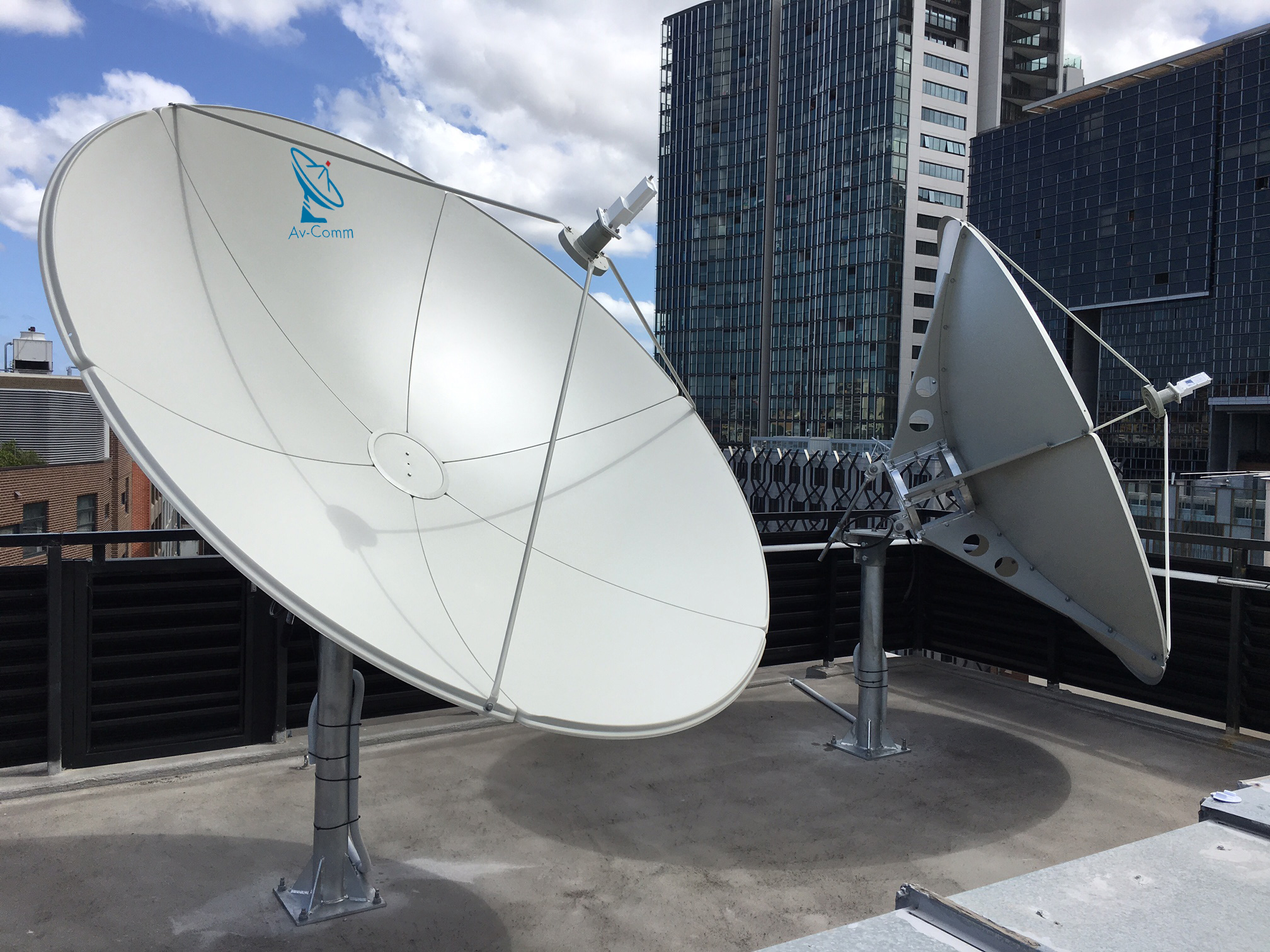FCC Votes to Clear at Least 100MHz of Upper C-Band Spectrum
In a 3-0 vote, the commissioners adopted the NPRM seeking comment on its plan

WASHINGTON—The Federal Communications Commission by a 3-0 vote adopted a Notice of Proposed Rulemaking (NPRM) to advance Congress’s mandate to clear a minimum of 100MHz of Upper C-band spectrum no later than July 2027 for auction and eventual use for 5G and 6G wireless service.
The vote comes four months after Congress adopted and President Donald Trump signed the One Big Beautiful Bill Act (OBBB Act) reinstituting the commission’s authority to conduct spectrum auctions and directed the FCC to free up spectrum in the 3.7-4.2GHz band for competitive bidding for terrestrial wireless flexible use. The NPRM seeks comment on clearing between 180MHz (from 3.98 to 4.16GHz) to the 100MHz Congress mandated (between 3.98 and 4.08GHz).
The OBBB Act re-authorized the FCC to grant licenses through competitive bidding until September 2034. It set up a path to eventually repurpose 800MHz and at least 500MHz for full-power commercial licensed use cases.
The commission is looking for comments on a range of issues related to clearing the band and auction, including:
- The impact of the move on fixed satellite service (FSS) space station operators if their existing customers relocate out of the C-band.
- Application of the existing rules used for clearing the Lower C-band (3.7-3.9GHz) to new terrestrial service operators in the cleared Upper C-band.
- Basing any other rules that would be required on the those applied to the Lower C-band.
- Competitive bidding procedures for an auction.
- Licensing, operating and technical rules for any new wireless service.
- Transitioning incumbent FSS operations.
- Promoting co-existence with adjacent band radio altimeters.
Rules to clear the Lower C-band required new 3.7GHz licensees to reimburse reasonable relocation costs of eligible FSS space station operators, incumbent FSS earth station operators and incumbent microwave fixed service (FS) via a third-party relocation payment clearinghouse. The commission at that time also set up a deadline to complete the clearing and an accelerated clearing process for eligible space station operators.
“Under any of the reconfiguration options under consideration, our baseline proposition is that we would apply the existing 3.7GHz Service rules to any newly authorized terrestrial wireless operations,” the NPRM said. “Any other rules and requirements, including those related to the transition process, would be modeled to the greatest extent possible on those that applied to the Lower C-band transition.”
The FCC will decide how much spectrum will be reallocated based on several factors, including the economic benefits and costs of repurposing spectrum for terrestrial wireless, how the value of that spectrum is affected by how much is repurposed and the clearing timeline, the NPRM said.
The professional video industry's #1 source for news, trends and product and tech information. Sign up below.
“We also will consider the capabilities of adjacent band radio altimeters which are expected to undergo upgrades that will further enhance their signal rejection capabilities and bolster the existing successful spectral co-existence environment to facilitate a further repurposing in the Upper C-band,” is said.
Comments are due at the commission 30 days after publication of the NPRM in the Federal Register.
Reply comments are due 60 days after publication.
To download a PDF of the NPRM, visit the commission’s website.
Phil Kurz is a contributing editor to TV Tech. He has written about TV and video technology for more than 30 years and served as editor of three leading industry magazines. He earned a Bachelor of Journalism and a Master’s Degree in Journalism from the University of Missouri-Columbia School of Journalism.

